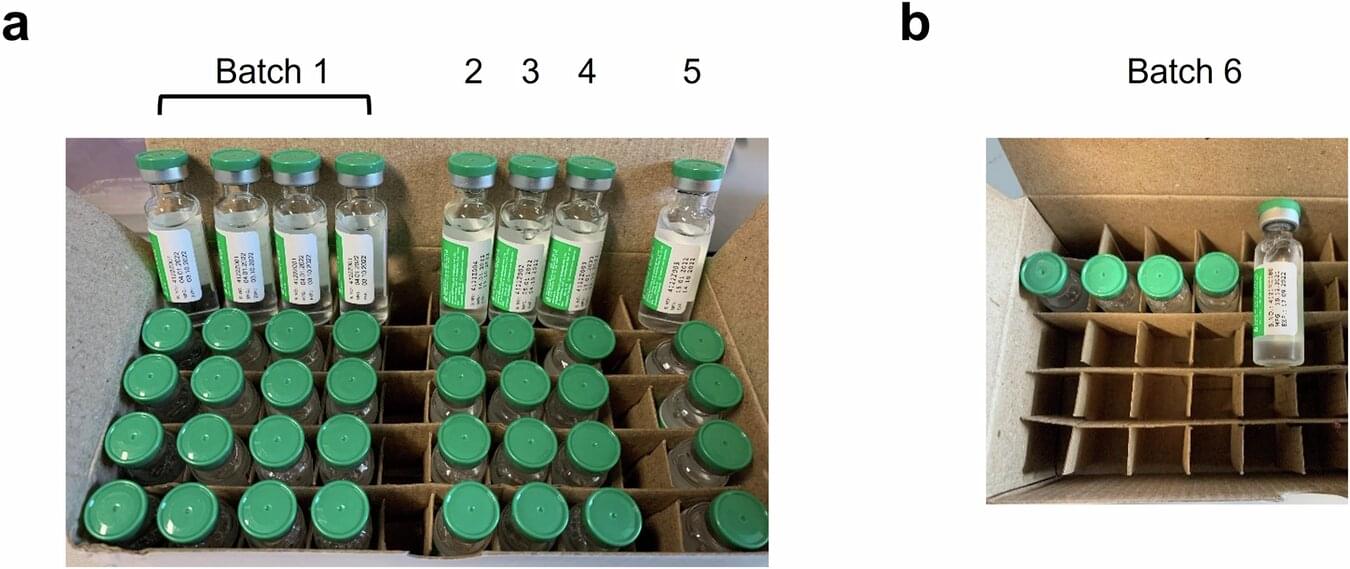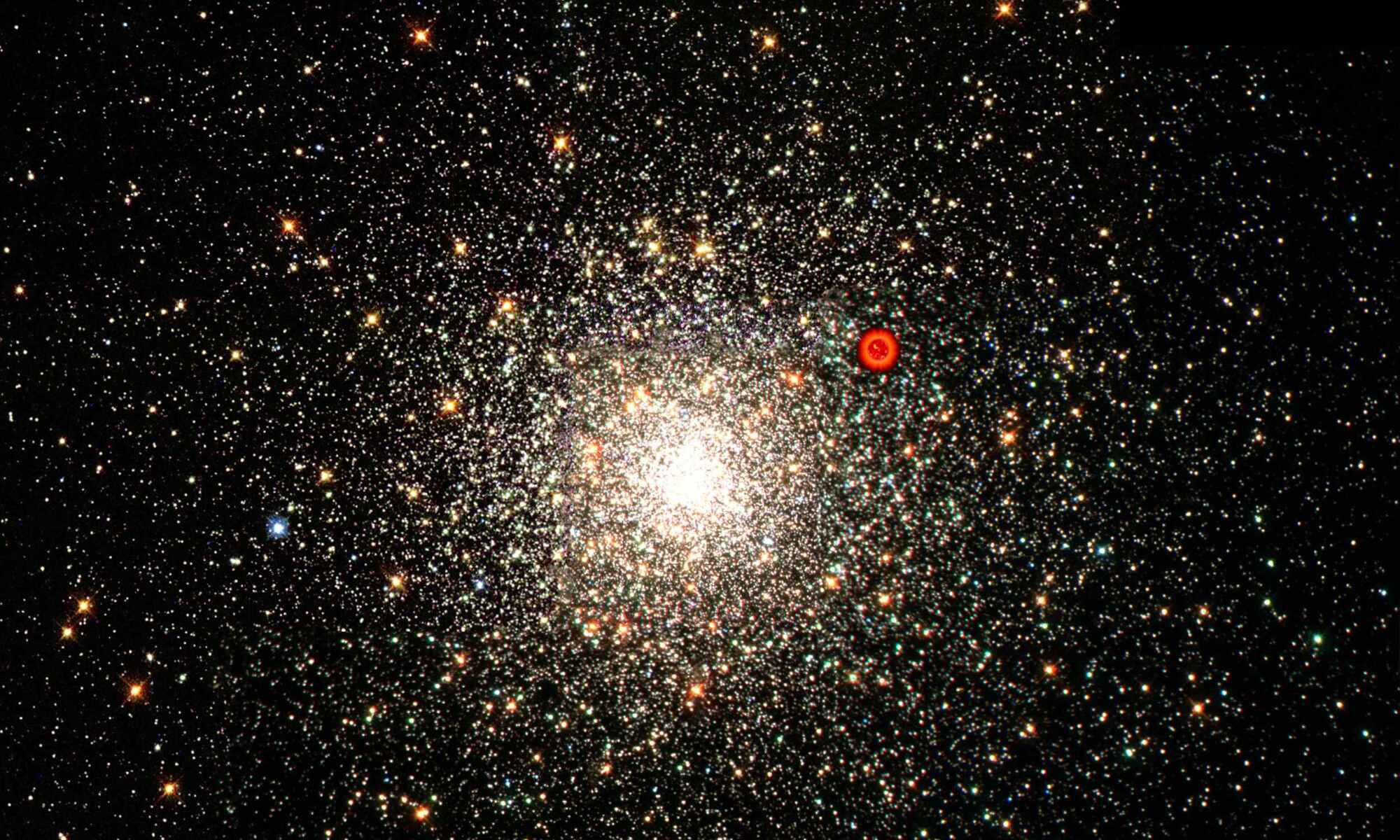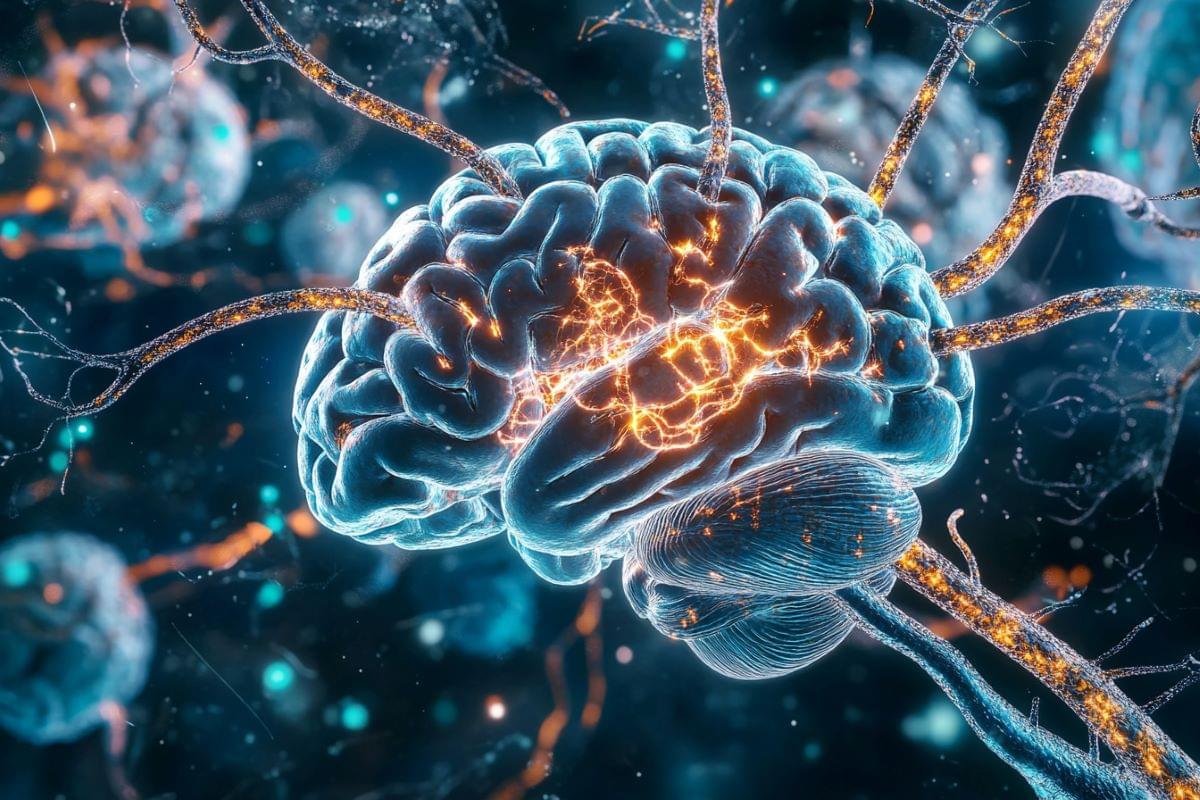Researchers at the University of Oxford and their collaborators, including the Serum Institute of India, have developed an innovative method to identify falsified vaccines without opening the vaccine vial.
The new method, published in npj Vaccines, analyzes the vaccine vial label and its adhesive and therefore allows the vaccine vials to be retained in the supply chain. Furthermore, the study has shown that the technique can also differentiate genuine COVID-19 vaccine liquid from falsified vaccine surrogates, using a recently published method developed using non-COVID vaccines.
The World Health Organization (WHO) estimates that 10.5% of medicines worldwide in low and middle-income countries are substandard or are falsified medicines made by criminals. This threatens global health since the medicines and vaccines fail to prevent and treat the diseases for which they were intended, and they risk additional adverse health consequences if the ingredients used by criminals in the falsified products are harmful.









